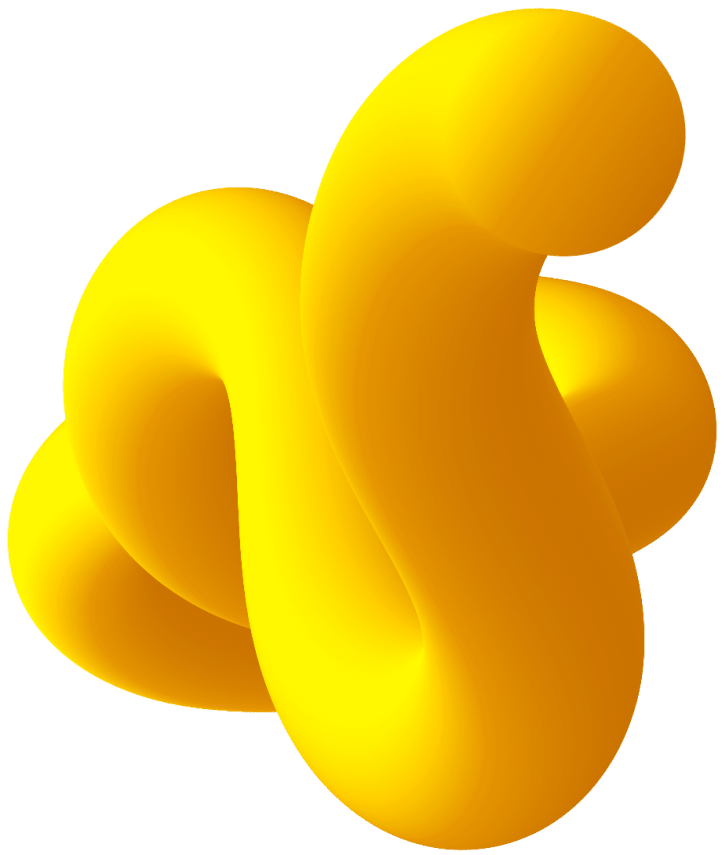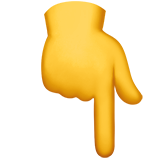Внимательно прочитайте текст задания и выберите верный ответ из списка
According to the author, visiting museums in Europe is considered to …
Прочитайте текст и выполните задания 12
How a
A trip to Europe without visiting museums would be like a trip to
There is an exception to this rule, though: science museums. I love inventions and gadgets, getting to know how things work and how people went about solving very difficult problems. I can stay awake in a good science museum indefinitely. So while in
The Conservatory is off the beaten path; most English guidebooks don’t even mention it. It does, however, attract a certain number of pilgrims who were fascinated by Umberto Eco’s novel Foucault’s Pendulum, part of which takes place there. In the novel, a secret passage under the floor of the nave connects with the
The foundation for the abbey
The museum closed for a renovation in 1993, and as part of the process, archaeological excavations were undertaken beneath the floor of the nave. For the entire history of the church, there had been stories that the site on which it stood was once a Merovingian funerary basilica, but this had never been proven. What archaeologists discovered was a large necropolis dating from the 6th or 7th century with about 100 plaster coffins inside. The tales were indeed true.
When the museum reopened a few years later, it was a typical shiny and up-to-date science museum. But it was decided that their thousands of additional articles should be made available to scholars even when they’re not on exhibit. So they opened a satellite facility in the nearby town of
I’ve been to the Conservatory in 2000 and in 2003. As a science museum I found it a sheer delight. The former abbey is only a portion of the museum, and the museum is only a portion of the Conservatory. But all the history of the building and the institution seems to be concentrated in the large nave with its bones beneath and gadgets above. The odd contrast of centuries of monastic simplicity with centuries of technological progress tickles me in a way I can’t easily describe. Perhaps the Pendulum says it best: as a scientific wonder that’s also meditatively simple, it symbolically bridges the illusory divide between technology and spirituality.




